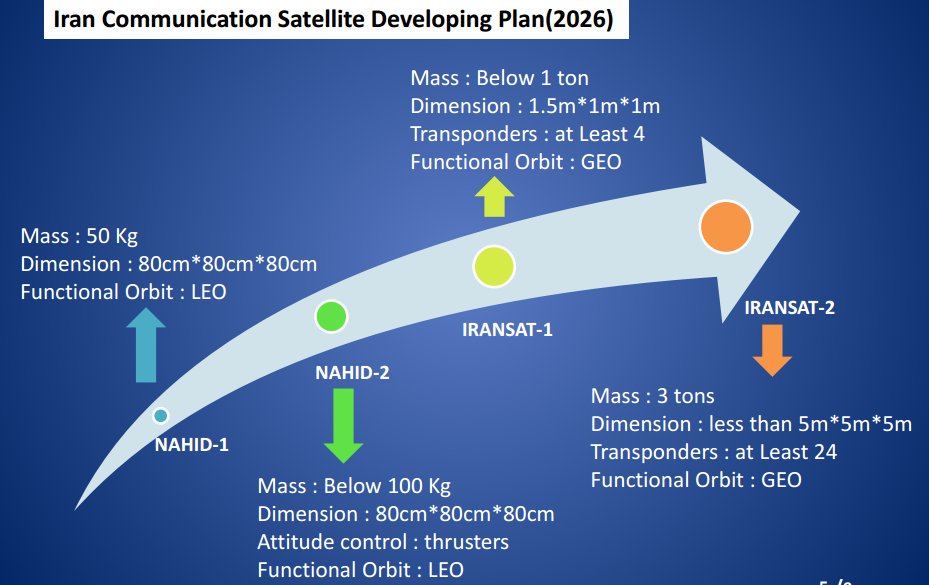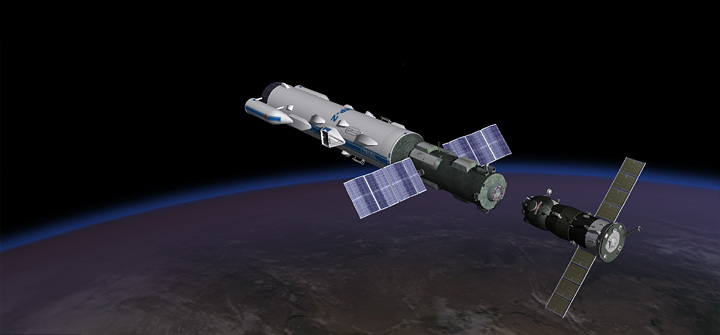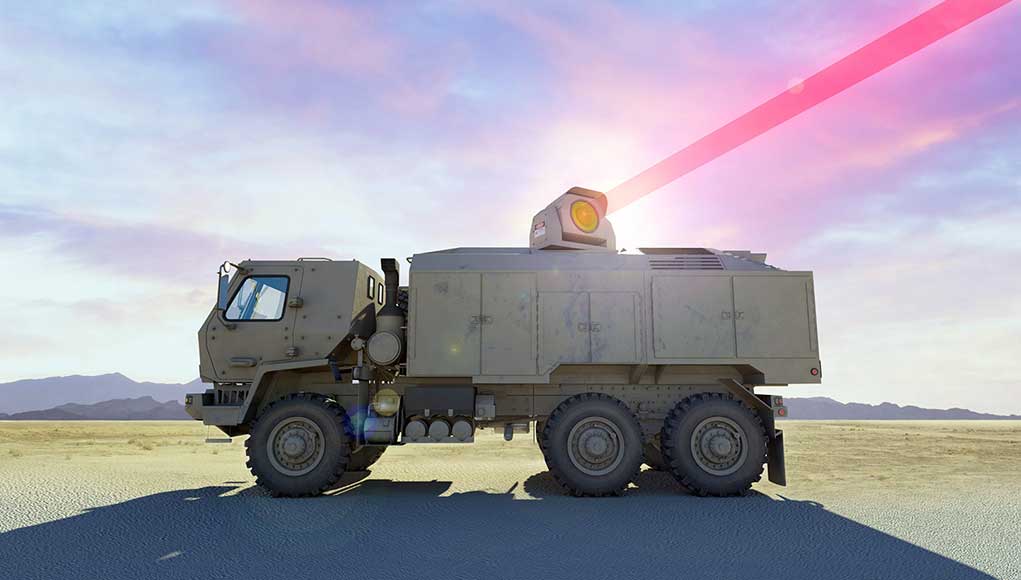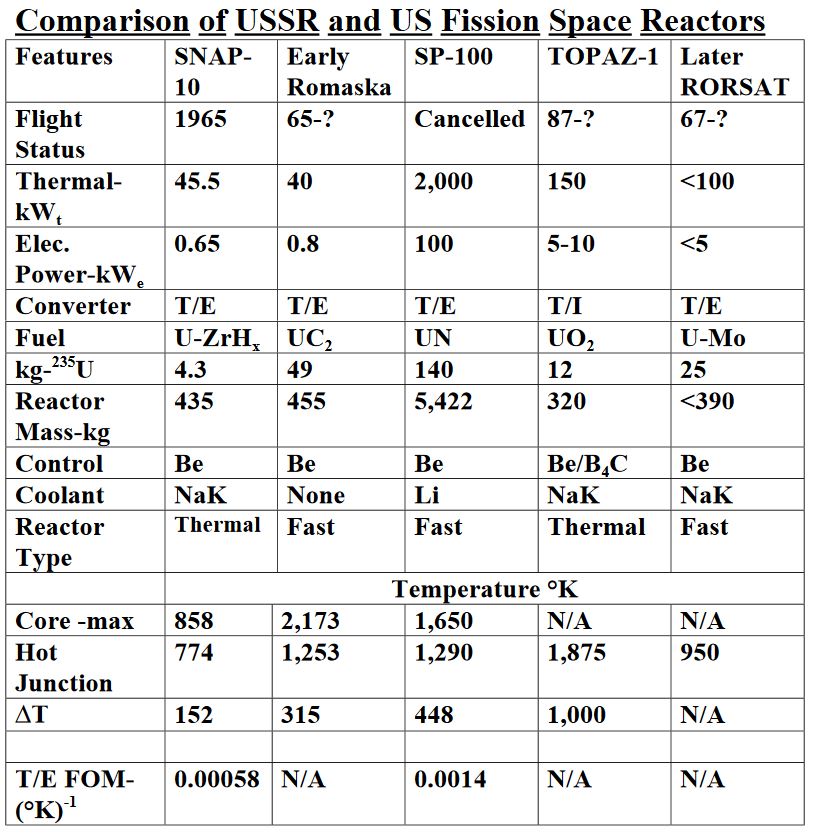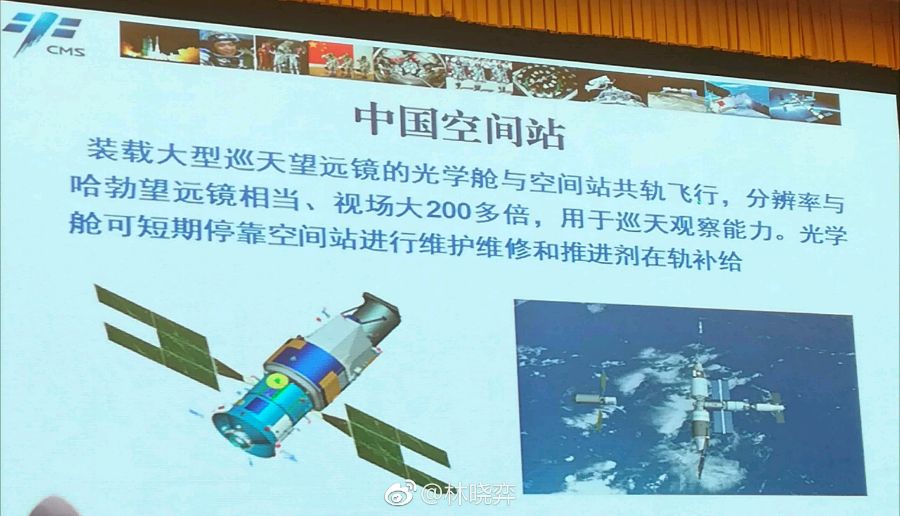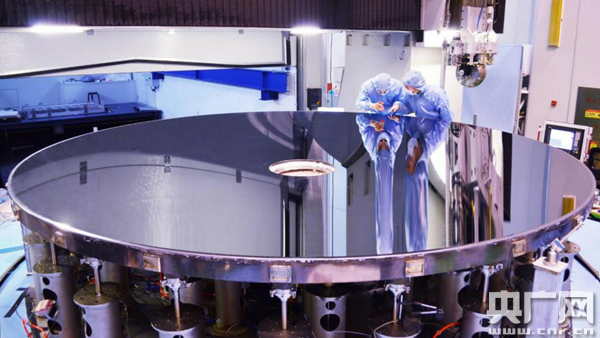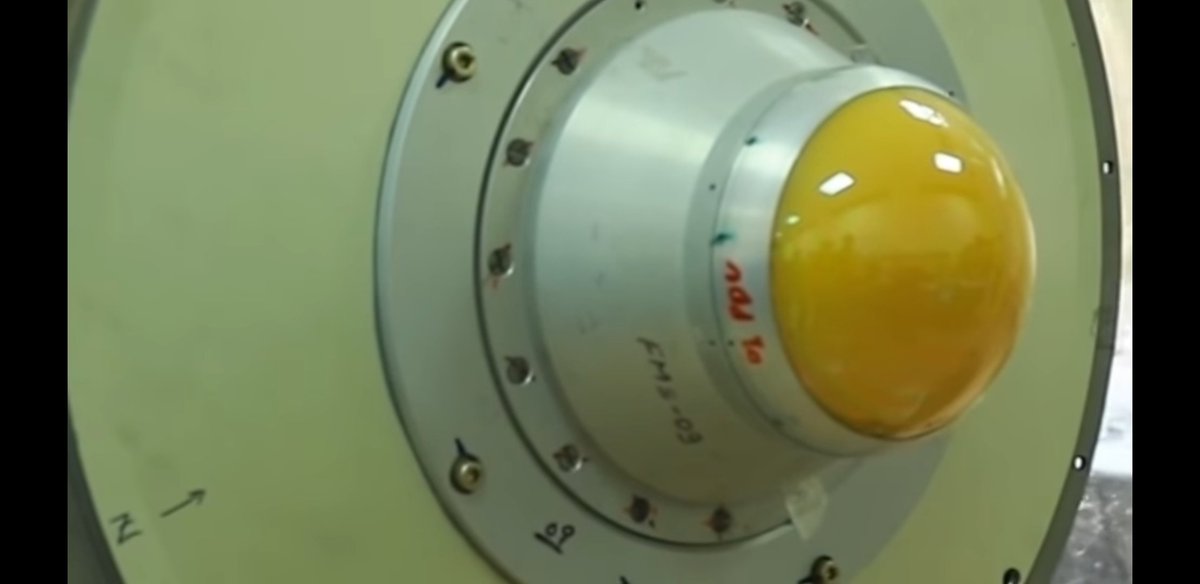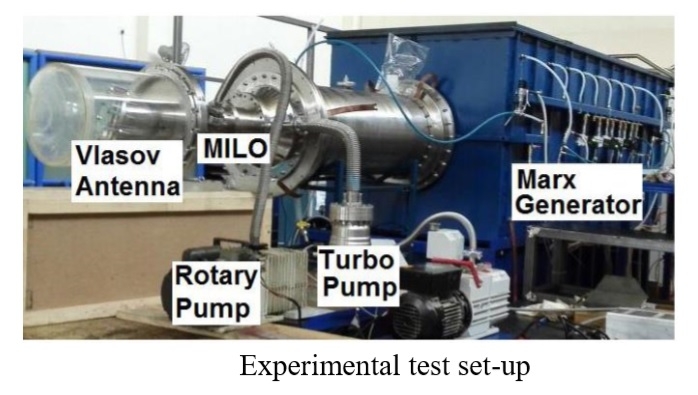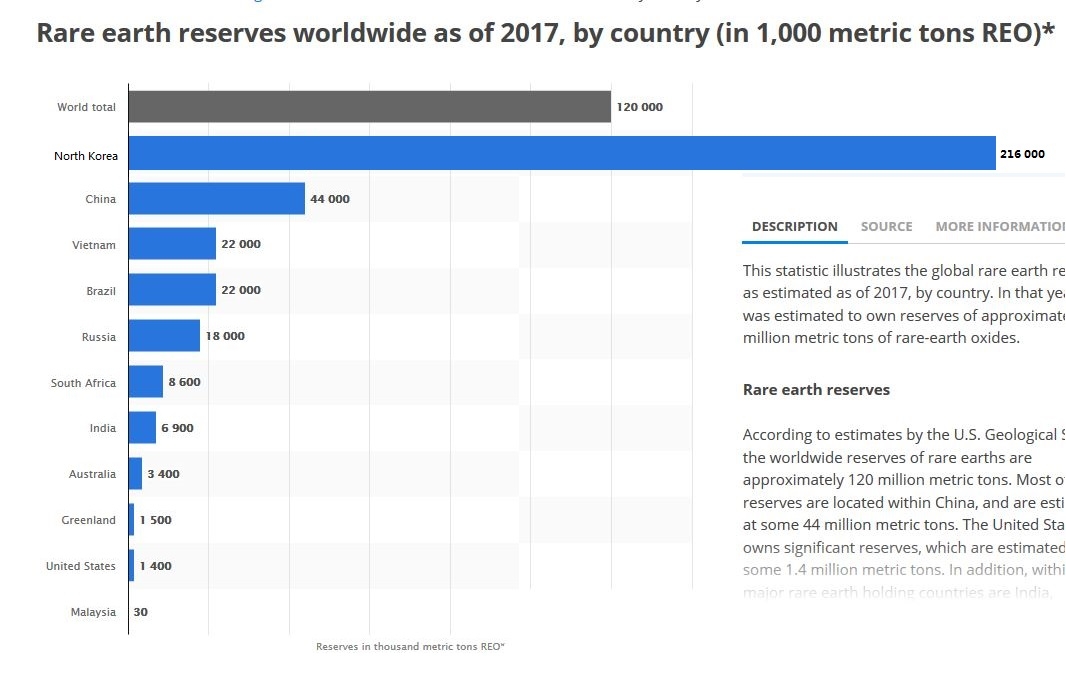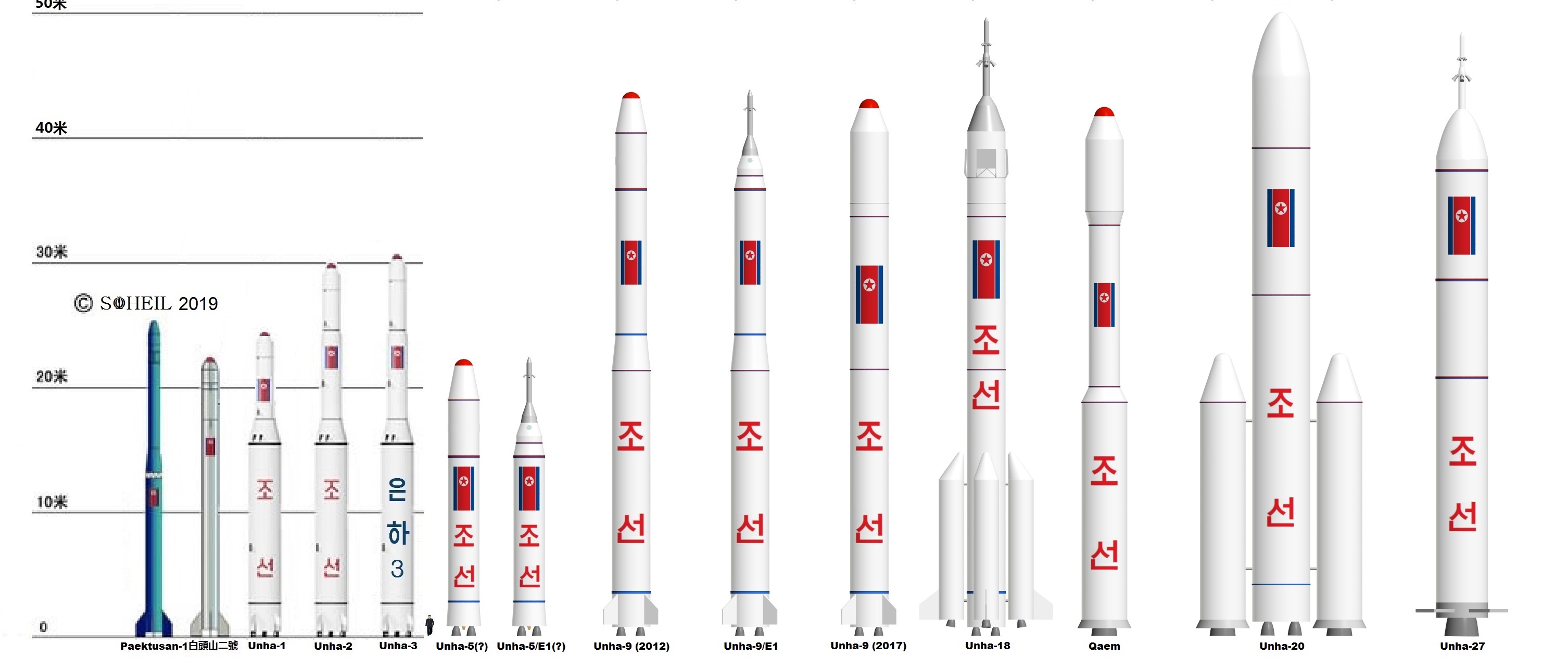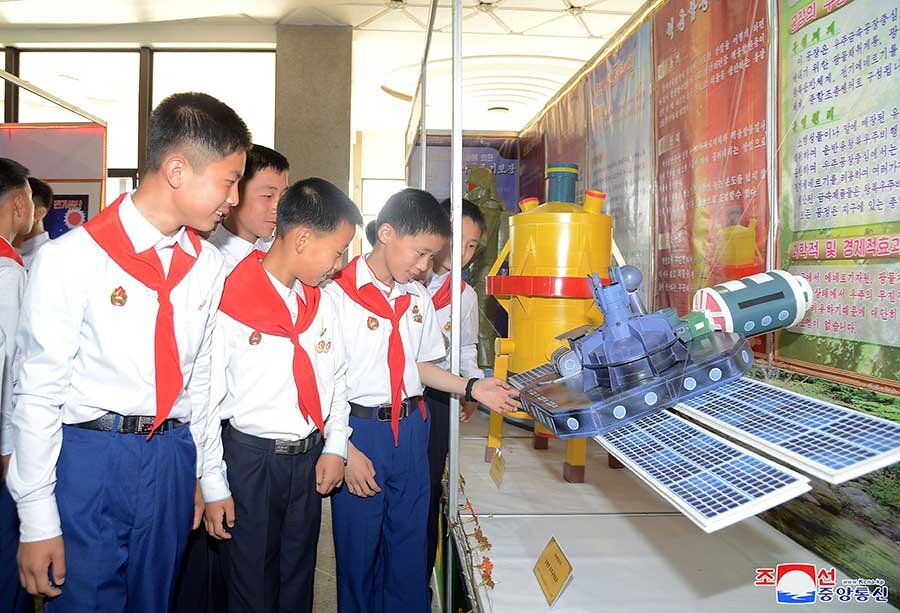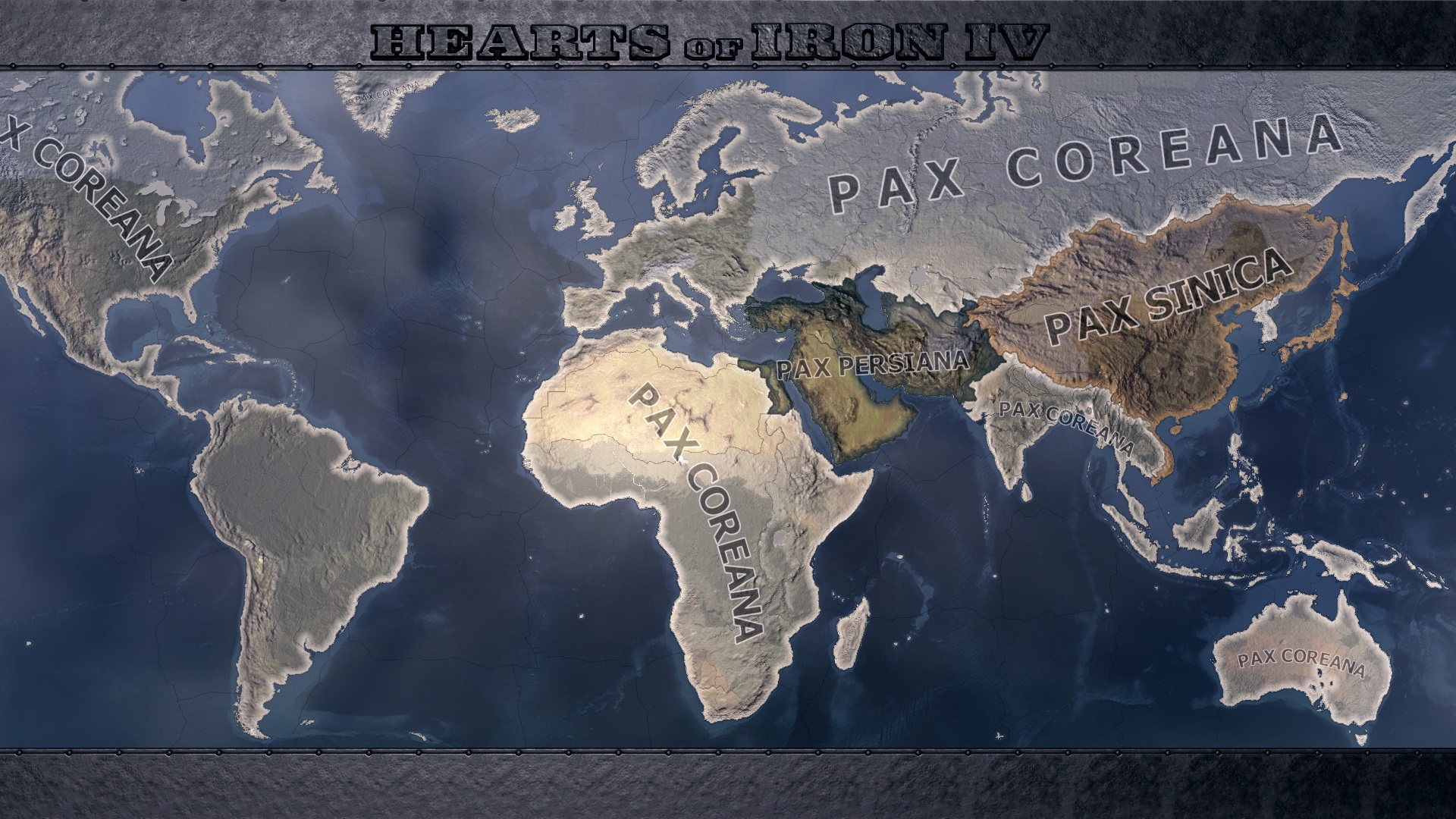France Sparks The First Global Arms Race In Outer Space V1.0
First edited 3 August 2019; Updated 12 August 2019
Table of Contents
1. Introduction
2. The 1966 Outer Space Treaty
3. Prerequisite for Space to Ground Capabilities
4. The Chain Reaction's Contenders
4.1. The Four Major Space Powers
4.1.1. France
4.1.2. Russia
4.1.3. The U.S.
4.1.4. China
4.2. The Four Minor Space Powers
4.2.1. India, Israel
Part 2
4.2.2. North Korea
4.2.3. Iran
4.3. The Outsider
4.3.1. Japan
5. Conclusion
1. Introduction
On 25 July 2019, France's Defence Minister has stated that in order to catch up with the great space powers, Paris would invest 700 millions Euros to deploy high power space based lasers by 2023.
With 2 billions Euros annual budget in space military, France still lags behind the U.S. (50 billions), China (10 billions) and Russia (4 billions).
These offensive weapons would include
machine guns to destroy solar panels of approaching enemy spacecrafts, a clear reference to Russia's 2017 Louch-Olympe satellite that was caught marauding near the Franco-Italian Athena-Fidus military communications satellite.
But also
laser to destroy enemy spacecrafts' solar pannel and optics.
Most important, stressing the use of
adapative optics, Paris has reveal its intention to give its space assets a true space to ground capability!
To control all these new space platforms constituting a new
Space Defence Force, Macron, speaking on 13 July 2019 ahead of Bastille Day celebrations, said that a new dedicated command would be formed in September.
In a chain reaction, sparked by France's decision, all the members of the Elite Club of Space Superpowers are expected to announce the deployment of their own Space to Ground assets within months to come.
2. The 1966 Outer Space Treaty
France has ratified the treaty in 1967.
The Outer Space Treaty provides the basic framework on international space law, including the following principles:
•the exploration and use of outer space shall be carried out for the benefit and in the interests of all countries and shall be the province of all mankind;
Obviously space development was military since day one, even before 1966 and to this day.
•outer space shall be free for exploration and use by all States;
Obviously, North Korea and Iran, and to a lesser extend China before 2010, are not allowed to benefit from space development by the West.
•States shall not place nuclear weapons or other weapons of mass destruction in orbit or on celestial bodies or station them in outer space in any other manner;
Obviously, WMDs are orbiting in outer space, the Soviet FOB nukes being only a very small part of them.
•the Moon and other celestial bodies shall be used exclusively for peaceful purposes;
Obviously, both the U.S. and Japan have tested kinetic weapons on asteroids.
•States shall be liable for damage caused by their space objects;
Obviously, the U.S. never did, hiding behind a convenient craftily fabricated 'Bermuda Triangle' and 'UFO' hoaxes as smoke screens! Nor did China, Russia and Europe for all the rocket stages falling over Cambodia, Brazil, Myanmar, French Polynesia, etc.
•States shall avoid harmful contamination of space and celestial bodies.
Obviously, as outer space environment is highly radioactive, nuclear reactors don't really add much radiations!
In a nutshell, The Outer Space Treaty was and is a total farce from A to Z.
3. Prerequisite for Space to Ground Capabilities
Only the top four major space powers of the most elite club of Space to Ground Capable Nations could deploy such assets, that requires the most challenging scientific skills to overcome the numerous technological hurdles.
•Directed Energy Weapons (D.E.W.) such as Lasers must be of no less than several hundreds of kW and up to several MW in output.
•With intensities of several hundreds of kW output, the power generation is key, be it chemical, nuclear or even solar.
•Adaptive Optics (A.O.) are necessary to counter distortions from the atmospheric turbulence.
•To brute-force with several MW power outputs and above will only result in backscattering,
ionization and breakdown of the atmospheric molecules. Thus the additional technological solutions needed to circumvent this major hurdle: pulsed laser, etc.
•Large optical aperture are necessary to achieve the resolution required for acquisition and identification of ground targets, and conduct the tracking and the engagement: decametric size.
•The total mass is limited by the payload capacity of the space launchers: above several 20 tons.
•The total volume is also limited by space launchers, therefore space docking capability might be necessary: spacelab size.
•An orbital fleet is necessary to increase the total coverage, especially if 24/7 worldwide coverage is needed: more than 30.
4. The Chain Reaction's Contenders
4.1. The Four Major Space Powers
4.1.1. France
France has conducted research on
Adaptive Optics for military applications since the 1986s, and ASAT Lasers for years.
Launched in 14th May 2009, ESA’s
Herschel telescope was the largest mirror flown in space. This 3.5 m-diameter reflector was built by the French silicon carbide manufacturer Boostec.
France has a current payload capability of less than 20 tons into LEO with its Arian 5 launchers. Arian 6 will slightly increase it payload to 21 tons by 2021.
France has mastered space docking technologies, and could assemble several modules to form large DEW complex with a total mass under 100 tons.
France has mastered miniaturized nuclear powerplant, such as those used in its submarine fleet.
France has demonstrated its ability to deploy complex array of military satellites, in the Galileo global navigation satellite system (GNSS) program. In 2021, it will launch the
CERES triplets.
700 millions Euros have been allocated for developing space weapons by 2023.
To operate these Space DEW France plans to set up its own space force, the “
Air and Space Army,” as part of the French Air Force. The new organization will be based in Toulouse, but it’s not clear if the Air and Space Army will remain part of the French Air Force or become its own service branch.
http://web.archive.org/web/20190803...send-into-space-combat-lasers-why-735x400.jpg ; https://archive.is/pOi8I/f908a34a9aafc8e75fe03bc476c76f32780b43bd.jpg ; https://tech-news.websawa.com/france-plans-to-send-into-space-combat-lasers-why/
▲ 1. France's Space to Ground Laser by 2023, artistic illustration. July 2019.
4.1.2. Russia
As the target of Paris's announcement, Russia is expected to be the first to react, and before the year's end (2019).
More over, Russia inherits from the Soviet-era first DEW platform launched on 15 May 1987, during the maiden flight of the heavy lift launcher Energia.
"Skif-DM" 17F19DM ("Скиф-ДМ" 17Ф19ДМ), disguised under the official name "Polyus", or Mir-2 (Peace-2) Soviet Space Station.
Polyus was the Soviet response to the project "Star Wars" launched by the American president Reagan. It was to be in fact a space combat laser station.
Due to a series of failures of Energia during the launch, Polyus would not enter orbit but crash in the Pacific Ocean.
In the middle of the year 1985 it did not seem difficult to make a spacecraft of 100 tons.
Then it was ordered to be transformed to a spacecraft with a length of almost 37 m and a diameter of 4.1 m weighting nearly 80 t and including 2 principal sections: the small service block, and the larger targeting module.
Fitted with a megawatt-class carbon-dioxide laser, Polyus was covered by an optically black shroud and it was suspected that this may have been radar absorptive as well.
After the failed launch, studies for another space station of 100 tons were then started.
http://web.archive.org/web/20190808172426/http://www.buran-energia.net/img/polious-animation.gif ; https://archive.fo/nAMpN/8821cbd4e7d75264f08a388646aa80538e36c047.gif ; http://www.buran.ru/htm/cargo.htm
▲ 2. Launched on 15 May 1987, from Baikonur Cosmodrome Site 250, Polyus would have been the core module of the new MIR-2 (Peace-2) Soviet space station. The Polyus military testbed was the first disclosed orbital directed energy platform, fitted with a megawatt-class carbon-dioxide laser.
Polyus was covered by an optically black shroud and it was suspected that this may have been radar absorptive as well.
http://web.archive.org/web/20190808175040if_/http://www.buran.ru/images/jpg/skif-16.jpg ; https://archive.fo/GhocZ/a1076e2406430844ff7c29a4373431d3ac029b25.jpg ; http://www.buran.ru/htm/cargo.htm
▲ 3. Crew docking with Mir-2 (Peace-2) space combat laser station.
http://web.archive.org/web/20190808175231if_/http://www.buran.ru/images/jpg/skif-11.jpg ; https://archive.fo/zpXZ7/081a1b22a836de2e5e3b391e96f09c3c479c2cd7.jpg ; http://www.buran.ru/htm/cargo.htm
▲ 4. Mir-2 (Peace-2) space combat laser station engaging an orbital target.
The Soviet
Topaz-II power system is a 5-6 kWe space nuclear system that is based on thermionic power conversion.
Its development was curtailed after 1989. As an alternative to chemical lasers, an electric powered laser of the 100s kW or MW class would necessitate to upscale the nuclear plant, or to couple powerful battery banks.
The
Araks satellite was the closest, the Soviet space industry came to matching the optical systems of the U.S. military KH-11 Space Telescope and its Hubble civilian equivalent. Launched on June 6th 1997, with a Cassegrain telescope main mirror's diameter of 1.5 meters.
Russia has demonstrated its ability to deploy complex array of military satellites, such as the
GLONASS global navigation satellite system (GNSS) program.
Russia no longer operates the Energia launcher. Currently the
Proton-M allows to place a 22 tons payload into LEO, and 24.5 tons with the
Angara A5.
Several launches would be needed for assembling a DEW complex with a total mass of 100 tons.
To operate these space DEW, the Russian Space Forces have been reestablished following the 1st August 2015 merger between the Russian Air Force and the Russian Aerospace Defence Forces.
The Russian Space Forces were originally formed on 10th August 1992.
4.1.3. The U.S.
The U.S. will mechanically react to the Russian move. Currently the only power to have deployed DEW in earth orbits, the only hurdle will be economic, with more than 22 trillion dollars of debt, making it a virtual beggar, dependent of the Chinese and Japanese financial godsends.
Moreover, the U.S. will continue its
beggar bowl's world tour, as long as it needs to import Rare Earth Elements (R.E.E.) from China and the other R.E.E. exporters of the B.R.I.V.S. (Brazil, Russia, India, Vietnam, South Africa), only to stay afloat in the space arms race.
http://web.archive.org/web/20190808...img7/fs/Trumbeggarbowlworltour.1565277584.jpg ; https://defence.pk/pdf/attachments/...6/?temp_hash=d774ae55fb03e91fb700ad165d3930f5
▲ 5. With more than 22 trillion dollars of debt, the U.S. will continue its beggar bowl's world tour, and as long as it needs to import Rare Earth Elements (R.E.E.) from China.
The concept of
Adaptive Optics (A.O.) was first proposed in a 1953 paper by astronomer Horace Babcock.
In the late 1960's and early 1970's, the U.S. military and aerospace communities built the first significant adaptive optics systems to target laser on orbiting satellites from the ground.
In the 1973s, the USAF
Airborne Laser Laboratory (ALL), a modified NKC-135A aircraft, was the first test platform for airborne High Energy Laser (HEL) research.
Its carbon dioxide gas dynamic laser power output was 480 kW at 10,6 μm, able to direct a heat flux density of 100 W/cm² on a 1 km target, such as AIM-9 missiles and drones.
Lacking an Adaptive Optics system, the ALL was limited by atmospheric turbulence.
In 1984, the
Space Based Laser (SBL) program was cancelled due to technological and political difficulties.
With a rang of 4'000 km (up to 12'000 km), a spot size of 0.3 to 1.0 meter at focus, this orbital combat system would have weighted 35 tons and orbited at 800-1'300 km altitude. With an orbit inclination of 40°, giving a coverage per satellite of about a tenth of the earth's surface, thus requiring a 20 satellites configuration for global world coverage.
The 8 meter mirror is segmented so that it can be folded inside a launch vehicle and unfurled in orbit like flower petals.
Its deuterium-fluoride laser at 2.7 mm would have produced an 5-10 MW output.
Ground 100 kW weapons also exist, such as the High Energy Laser Tactical Vehicle Demonstrator (HEL TVD) program managed by the U.S. Army Space and Missile Defense Command/Army Forces Strategic Command’s (USASMDC/ARSTRAT).
The HEL TVD is designed to counter drones, rockets, artillery, and mortars (C-RAM/UAS).
The high energy laser system represents very low operating costs, as it requires only
fuel to complete its mission, with an average cost per kill of approximately $30. There is no ordnance logistics burden, as with conventional weapons.
http://web.archive.org/web/20190722...m/wp-content/uploads/2019/05/hel-tvd_1021.jpg ; https://archive.fo/AjR65/d8dba78f4acb8f449724fc2278da1b53ea7b693e.jpg ; https://defense-update.com/20190515_hel-tvd-2.html
▲ 6. Team Dynetics 100kW-class high energy laser contract for U.S. Army. May 2019
Of course, these tactical ranges will need to be extended to several hundred of km to several thousand of km, in order to be useful from LEO. The aperture of the optics will also needed to be increased to decametric size. Aperture of 2.4 m optics and above have been orbited such as the
Program 1010.
Thus the need of and uprated powerplant. Nuclear energy is the best option for this electric driven laser, keeping in mind that there is no oxygen for fuel generated electricity in earth orbit.
The U.S.
fission space reactor SP-100, although cancelled, could provide 100 kW electric power, with as little as 140 kg of Uranium 235, and a reactor mass of 5.42 tons.
http://web.archive.org/web/20190803145518if_/http://ipic.su/img/img7/fs/U.1564844096.jpg ; https://archive.fo/czvrr/ea1c7e73d369a58c4fd9ea4022d375b43d2e88d4.jpg
▲ 7. The U.S. SP-100 fission space reactor can generate 100 kW electric power.
In comparison, the four sets of arrays of the
International Space Station (I.S.S.) are capable of generating 84 to 120 kilowatts of electricity. Each of the eight solar arrays is 112 feet long by 39 feet wide. A solar array's wingspan of 240 feet (73 meters).
The Falcon-Heavy can deliver payloads of 63 tons into LEO.
Payload fairing can house a payload of 12 m long 4.6 m diameter cylinder with 5 more meters on top but with decreased conical diameter thus totalling 17 m.
Enough for any large truck-sized DEW module.
The U.S. has demonstrated its ability to deploy complex array of military satellites, such as the
NOSS triplets and the GPS global navigation satellite system (GNSS) program.
To operate these space DEW, under the proposal approved by President Trump in May 2019, the
U.S. Space Force would be organized under the Department of the Air Force.
4.1.4. China
Under the U.S. unveiled threats, in response, China would have no other option but to place its own fleet of DEW into space.
Wang Ganchang is the founder of Chinese laser fusion technology. In 1964 the Shanghai Optical Machinery Institute (上海光机所) developed a high-power 10 MW output laser. As an advocate of nuclear energy, he made with four nuclear experts in October 1978 the proposition to develop China's nuclear power.
In March 3rd, 1986, Wang Ganchang, Wang Dayan, Yang Jiachi and Chen Fangyun first proposed in a letter (《关于跟踪世界战略性高科技发展的建议》) to the Chinese government to launch researches covering lasers, microwaves, and electromagnetic pulse weapons. The plan would be adopted in November of that year under the code name Project 863 (“863计划”).
China has produced several examples of road-mobile laser weapons.
The
Silent Hunter 30-100kW vehicle-based laser weapon system has a maximum range of 4km. Its laser beam can cut through a 5mm steel sheet from 1km away, or five layers of 2mm steel sheets from 800m away, according to its developer China Poly Technologies. It was first unveiled at the South African Air Show in 2016.
For Space to Ground missions, the ranges and powers will need to be uprated several fold.
The
Gaofen-3 SAR satellite's solar pannels, made of triple-junction Gallium-Arsenide cells delivers a peak power of
15 kW. That is far below the several 100 kW required. The use of a nuclear powerplant might though not be necessary if powerful battery banks are used.
Chinese companies such as Shenzhen's BYD are already world leaders in producing batteries with higher discharge rates needed for accelerations in electric bus and with
one charge lasting almost 300kms or a full day’s operation.
China has also stated that it will develop and launch
the Xuntian (巡天) Space Telescope with a two-meter-diameter main mirror, co-orbiting with the country's first space station, and dock with it for refueling as well as maintenance and exchange, around 2020.
http://web.archive.org/web/20190808.../2018-06/04/xuntian-cmsa-weibo-lin-xiaoyi.jpg ; https://archive.fo/iZfi4/239daa0174a26c89007e4b8660fc6ce696a38f0a.jpg
▲ 8. China's Xuntian (巡天) Space Telescope with a two-meter-diameter primary mirror.
China has produced the
world largest aspheric mirror for primarily space military applications: "such a [space platform] can be used to observe low earth orbit satellites of other countries and to [identify, track and target their] missile launches."
The 4.03-meter diameter mirror with a mass of 1.6 tonnes is made of silicon carbide (SiC) by the Changchun Institute of Optics, Fine Mechanics and Physics.
http://web.archive.org/web/20190808...tive/city/20180821/W020180821598981263327.png ; https://archive.is/bx8qA/7e47a16d76ebbd865cb25370d3dbe349d5711449.png ; http://news.cnr.cn/native/city/20180821/W020180821598981263327.png ; http://news.cnr.cn/native/city/20180821/t20180821_524338099.shtml ; https://lt.cjdby.net/thread-2494272-1-1.html ; http://www.globaltimes.cn/Portals/0...8-23/578fd340-828c-499a-b24a-79b72daee939.jpg
▲ 9. The high-precision silicon carbide aspheric mirror with a diameter of 4.03 meters developed by the Changchun Institute of Optics and Fine Mechanics of the Chinese Academy of Sciences is the largest single-crystal silicon carbide mirror in the world. 2018-08-21
According to some source, China's Gaofen-11 surveillance satellite's telescope has a 1.8 meter diameter aperture primary mirror. The same technology for coating the telescope primary mirror with protected aluminium layer could be used for
2.4 meter diameter aperture mirrors.
The research and development on
Adaptive Optics (AO) in China began in 1979. In 1980, the first laboratory on AO in China was established in the Institute of Optics and Electronics (IOE), Chinese Academy of Sciences (CAS).
In May 2016, the Institute of Optronics Technology of the Chinese Academy of Science has tested an
Adaptive Optics key technology for a 1.8 meter diameter aperture telescope. In closed-loop, the resolution has reached 1.7 times the diffraction limit.
Therefore, this major breakthrough has been awarded the
first prize of the National Invention Prize For National Defence 2017. This Adaptive Optics has then been tested onboard the Chang'e 5-T1 lunar probe, allowing to achieve a lunar ground resolution of 0.97 meter.
By 2020, China's
CZ-504 space launcher will have a payload capability of 25 tons in LEO.
China has already mastered rendez-vous and space docking with its Tiangong-1 and Tiangong-2 program.
Several launches would be needed for assembling a DEW complex with a total mass of under 100 tons.
By 2030, the
CZ-9 SLV would allow payload of 140 tons in LEO.
China has demonstrated its ability to deploy complex array of military satellites, such as the
YAOGAN triplets, and the BEIDOU global navigation satellite system (GNSS).
China has no dedicated Space Force, contradicting Japanese RUMINT. But this will be the case once a fleet of space DEWs starts to be launched into orbit.
Thus the
pole position for China in initiating the space
breakaway.
4.2. The Four Minor Space Powers
Behind the lead
peloton, the
gruppetto is a goup of minor players who have to cooperate and assist one another in order to stay in the global arms space race and avoid the elimination.
Currently, none of these nations have mastered all the prerequisite key technologies needed to deploy space to ground DEWs.
4.2.1. India, Israel
As India is always hell-bent in trying to catch up with some giant northern neighbour, be it with the ASAT weapon, the manned program, the lunar lander, and the space laboratory, it is highly expected that Bharat will also try very hard to deploy its own directed energy space to ground platforms.
As Israel is already at the forefront among the nations that have developed anti-ballistic missile weapons, space to ground DEW would naturally be of great strategic importance as the next layer in countering hostile incoming ballistic missiles.
Israel's space launch vehicle Shavit can not place payload above a few hundreds of kg into LEO. Therefore, it outsources all its space launches abroad, especially in India.
India lacks advanced technological capabilities and Israel is one of its providers. In turn, what Israel lacks in developing capabilities, it simply siphons them overseas, be it in the E.U., Russia and mostly at the source, in the U.S.
The recent Indian ASAT test exemplifies this Israeli outsourcing. Originated in the U.S. and tested in India.
The Kinetic Kill Vehicle's onboard advanced terminal guidance system, featured a strap-down (non-gimballed) imaging infrared (
IIR) seeker and an inertial navigation system that used ring-laser gyroscopes (RLGs).
A seeker presenting similarities with the Israeli's Arrow-3 kill vehicle one (gimballed).
http://web.archive.org/web/20190806...su/img/img7/fs/D3e9HEAWwAAgV0B.1565104030.jpg ; https://archive.fo/gRpVd/2b0ad162f63174aeafbb23f9b8eeb2221d1abaa1.jpg ;
http://web.archive.org/web/20190810...t-rakshak.com/viewtopic.php?t=7705&start=600; https://youtu.be/KRs79t6z7fc?t=81
▲ 10. Indian ASAT KKV's Infrared Imaging Radar (IIR) seeker.
http://web.archive.org/web/20190806151713if_/http://ipic.su/img/img7/fs/ISRAELARROW-3.1565104618.jpg ; https://archive.fo/gecjp/6211d20a5fce7c5088a1470933d8ab05edbd1f66.jpg
▲ 11. Israeli's Arrow-3 kill vehicle IIR seeker. Exhibition mockup.
India's LASTEC has also developed a 10kW Chemical Oxygen Iodine Laser (COIL) and is working on developing a 30-100 kW vehicle-mounted COIL system. It is also developing a “gas dynamic high power laser-based DEW” called ‘Aditya’ project.
Two DRDO laboratories — Centre for High Energy Systems and Sciences (CHESS) and Laser Science & Technology Centre (LASTEC) — are currently working on developing the source for generating a fiber laser.
At present, the source of the fiber laser, which is the “heart of the system”, is imported from Germany.
High power microwave (HPM) device from DRDO have delivered output power of 4 MW at a frequency of 3.26GHz.
http://web.archive.org/web/20190806154039if_/http://ipic.su/img/img7/fs/Untitled13.1565106022.jpg ; https://archive.fo/oVoRE/049deaa484418b4fd0db64b55dade22d96fd2b90.jpg ; https://www.******************/foru...d-the-anti-satellite-asat-missile.2890/page-6
▲ 12. HPM device from DRDO have delivered output power of 4 MW.
India's
GSLV Mk III space launcher can place 8 tons payload into 600 km LEO, 4 tons into GTO. The payload fairing is 5 meters in diameter.
The lack of payload capability can only be circumvented by developing rendez-vous and docking technologies. Several launches would be needed for assembling a DEW complex with a total mass of under 100 tons.
The planned
Indian Space Station is envisaged to weigh 20 tonnes and serve as a facility where astronauts can stay for 15-20 days, and it would be placed in an orbit 400 km above earth. The time frame for launch is 5-7 years after Gaganyaan (AUG 2022).
It would be similar to the Salyut Space Laboratory with two modules.
To support the
Indian Space Station program, docking technologies will be develop with an orbital platform (PS4-OP), made of the last stage of the Polar Satellite Launch Vehicle.
https://archive.fo/goM7Z/fe8ee905d3127047356e91d76c052a601f2370e2.png ; https://i.imgur.com/6Boz6It.png
▲ 13. The 20 tons Indian Space Station, made of two modules.
India has only demonstrated its ability to deploy regional array of 8 military satellites, with the
Indian Regional Navigation Satellite System (IRNSS), but might expand it to a global constellation of 24 satellites (GINS), with the
help of Israel.
















